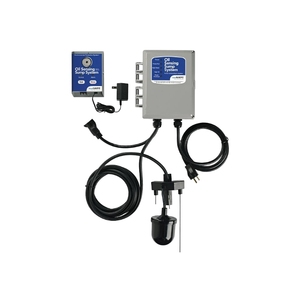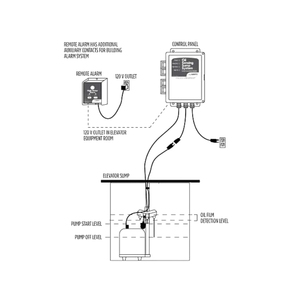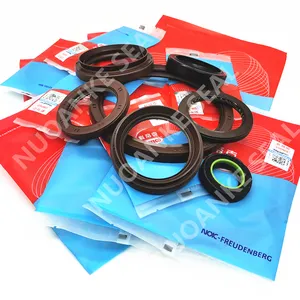Popular in your industry


































































Related Searches:
































































































































































Top categories
About sump pump battery backup
A sump pump backup battery is important to keep the backup sump pump system operational. With a sump pump battery, you don’t have to worry about overflow or blockage.
What Is a Sump Pump?
A sump pump is a crucial mechanical device designed to prevent water damage in homes, particularly in areas prone to flooding or excess moisture. Typically installed in basements or crawl spaces, a sump pump consists of a pit, known as a sump pit, where water collects. When the water level in the pit reaches a certain point, a float or sensor triggers the pump to activate. The pump then removes the accumulated water and directs it away from the building, either into a drainage system or outside the property. By effectively managing groundwater and preventing it from seeping into the home's foundation, a sump pump helps safeguard against basement flooding and the potential for structural damage. Homeowners often rely on sump pumps as a proactive measure to maintain a dry and secure environment in areas prone to water accumulation. This is why it is essential to have a working backup battery for the sump pump.
What Is the Advantage of a Battery-operated Sump Pump?
The primary advantage of having a battery-operated sump pump lies in its ability to provide continued protection against basement flooding even during power outages. Traditional electric sump pumps rely on a power source, and if there's a blackout during a storm or other emergencies, they become ineffective. In contrast, a battery-powered sump pump is equipped with a backup power source, typically a rechargeable battery. This feature ensures that the pump can continue to function autonomously, pumping out water from the sump pit and preventing potential flooding even when the main electrical supply is disrupted. This becomes particularly crucial during severe weather events when power failures are common, offering homeowners an added layer of security and peace of mind in maintaining a dry and protected basement environment.
Where Are Sump Pumps Commonly Installed?
Sump pumps, as stated previously, are commonly installed in areas of a home prone to excess moisture and potential flooding. Basements and crawl spaces are the primary locations where sump pumps are deployed to address groundwater intrusion, particularly in regions with high water tables or heavy rainfall. Additionally, homes built in low-lying areas, near bodies of water, or in areas with inadequate drainage systems often benefit from sump pump installations. These devices are essential in mitigating the risk of water damage by efficiently redirecting accumulated water away from the foundation, preventing structural issues, mold growth, and other water-related problems. The strategic placement of sump pumps in vulnerable areas underscores their importance in maintaining a dry and secure home environment.



























